West vs East
By 250 News
We are at oppposite ends of the country, and opposite ends of the scale when it comes to weather.
On the left, is a photo of how many folks spent Sunday in Prince George, while on the right...the Halifax region Sunday: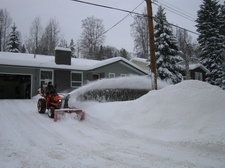
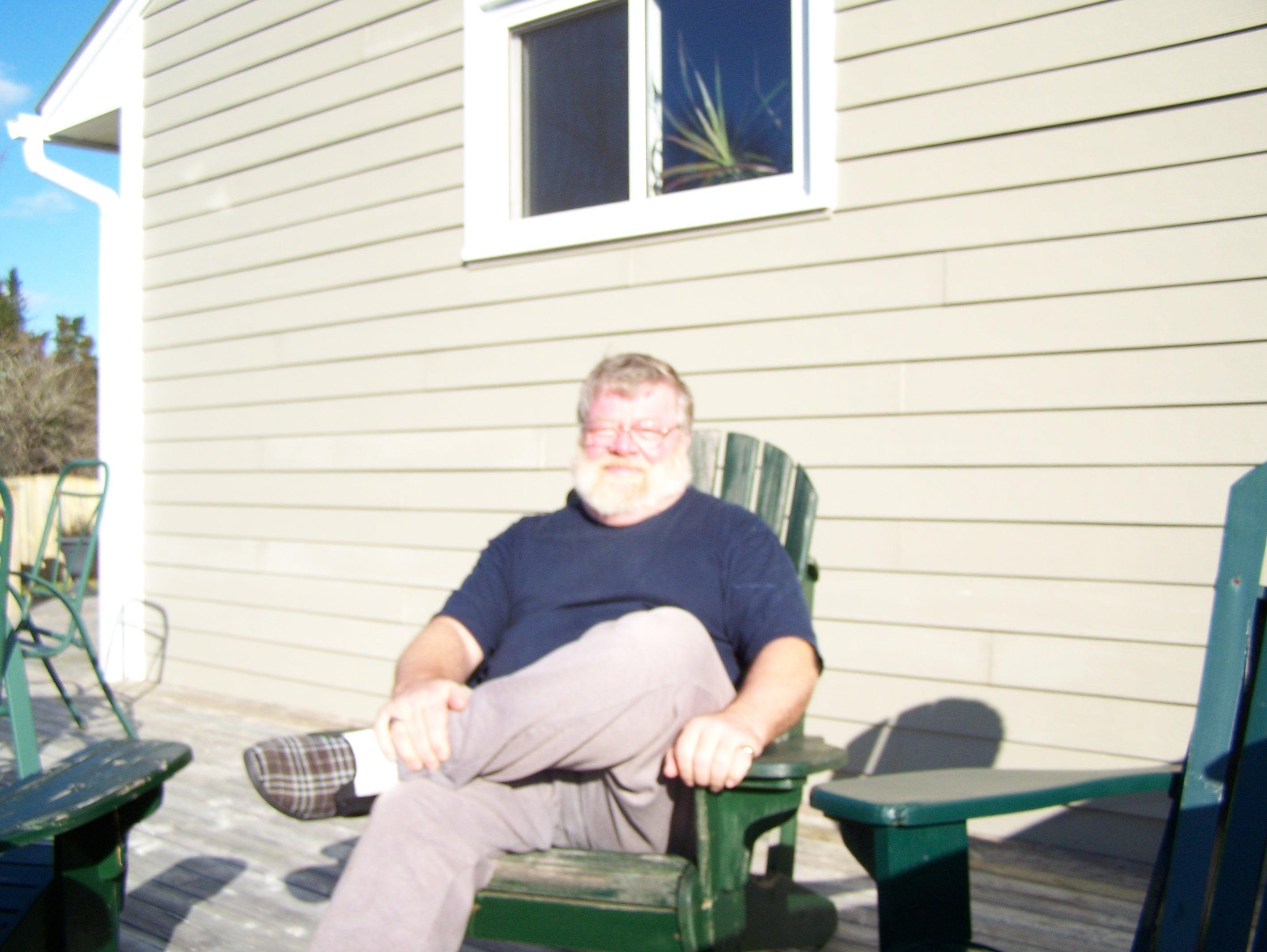
On the left, Prince George’s Sunday scenery, on the right, same day scenery from the Halifax region:
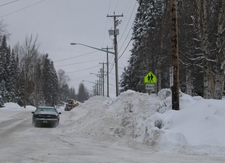
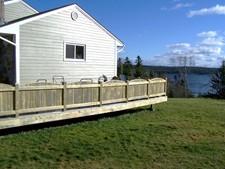
And the last two photos show, Prince George machinery out and working, and the machinery near Halifax....well, ready to go to work if needed:
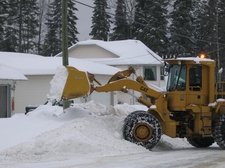
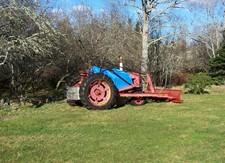
Environment Canada says we can expect another 5-10 cm’s of snow again today.
Is there per chance a biblical story floating around about some guy, maybe by the name of Billy, Lee or something like that, who, looking out the window at all this snow, decides to take it upon himself to build this giant snowsled, on which he loads a sample of all the wildlife from the region and then heads off into the sunset pulling the load?
We mean, if Noah could be inspired, where is Yamadoopolcat when you really need him?
Just think....it is only December 4th, another four months to go!!!
Previous Story - Next Story
Return to Home










Here is the policy from the City of Kingston, which has about the same amount of annual snowfall as PG - around 100 or so inches. Kingston can get blizzards from the lake whcih drop 8 inches or so a pop. Of course, the Maritime cities can get considerably more than that.
So here is the policy for Kingston.
[http]http://www.cityofkingston.ca/pdf/streets_wintercontrol.pdf[/url]
On page 9 you will find a table - for class 3 roads, which are local residential streets - plowing will begin when accumulation is no more than 8 cm, and the street will be bare no more than 16 hours after the storm has stopped.
So, I know what the steet priorties are in PG, similar to Kingston and most other cities. However, I do not think we have a standard as to what conditions are allowed to persist on roads and for how long.
I think that the same as the air quality, we thiought everthing was improving, the air quality, the attention to snowplowing. Then the weather changes back to the "normal" number of inversions and the "normal" amount of snowfall and we discover things are the same old same old.